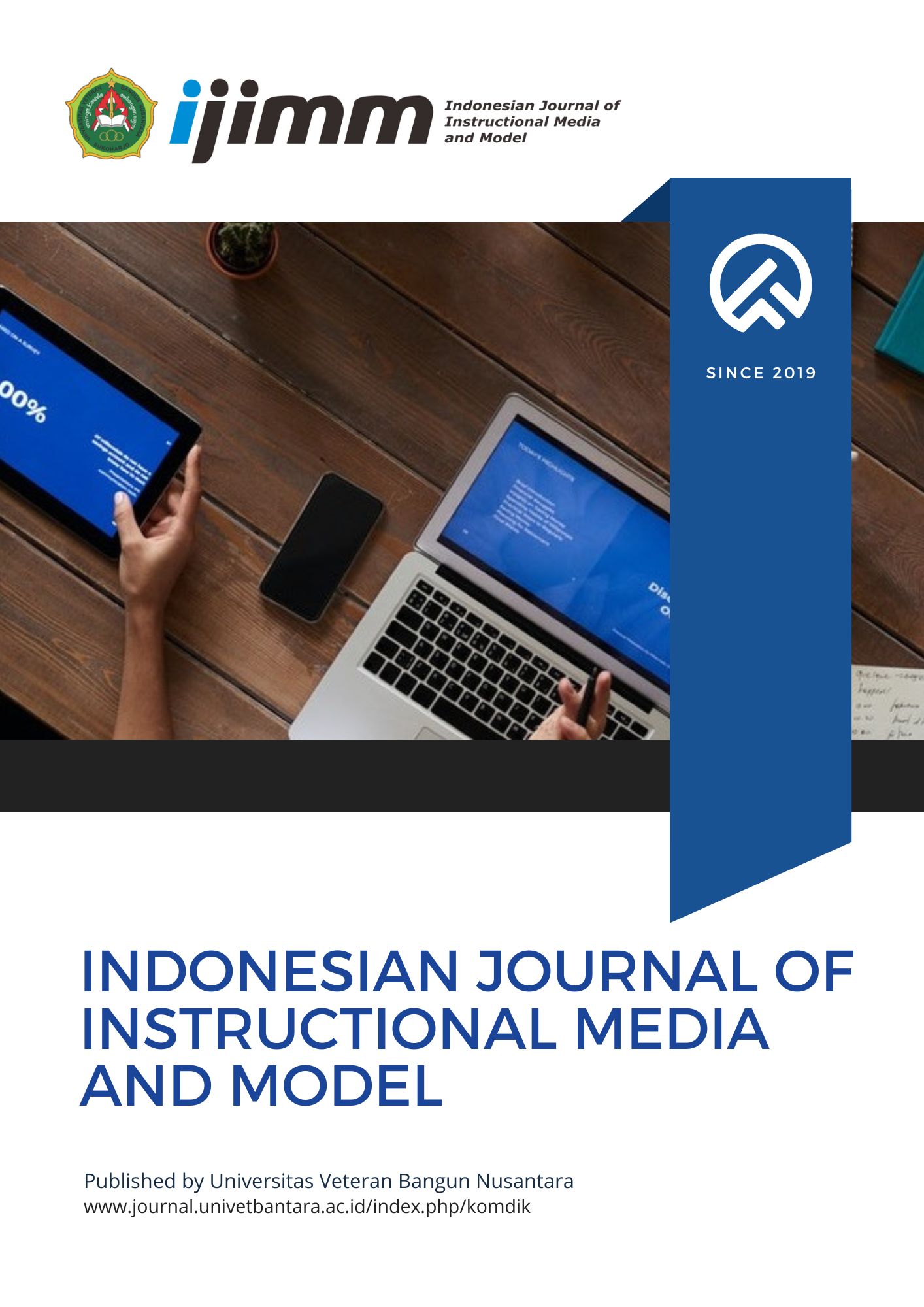The Influence of Learning Contents, Virtual Class Interaction, and Game-Based Learning Platform on Distance Learning Participants’ Satisfaction
DOI:
https://doi.org/10.32585/ijimm.v6i2.6043Abstract
PT PLN (Persero) as a State-Owned Enterprise (BUMN) has the responsibility to provide electricity to the people of Indonesia, including households, government agencies, and the industrial sector. To support employees’ competence and quality, PLN has an Education and Training Center (Pusdiklat PLN) which functions as a center for employees’ skill and career development. However, since the COVID-19 pandemic, Pusdiklat PLN has faced challenges in conducting face-to-face training and then switched to digital learning methods to ensure that training activities ran well. This study aims to analyze the effect of learning content, classroom interaction, and game-based learning platforms on the satisfaction of participants who take part in the digital learning program. This study uses a quantitative approach with PLN employees who took part in digital learning training in April 2024 as subjects. A total of 100 participants were selected using a purposive sampling technique. Data analysis was carried out using multiple linear regression with the assistance of SPSS 25 software. The results of the study showed that learning content, classroom interaction, and game-based learning platforms has a significant positive effect on participant satisfaction, both partially and simultaneously.
Downloads
Downloads
Published
How to Cite
Issue
Section
License
Copyright (c) 2024 Liza, Ike Kusdyah, Yunus, Tri Wahyuni

This work is licensed under a Creative Commons Attribution-ShareAlike 4.0 International License.
Authors who publish with the Indonesian Journal of Instructional Media and Model agree to the following terms:
- Authors retain copyright and grant the journal the right of first publication with the work simultaneously licensed under a Creative Commons Attribution License (CC BY-SA 4.0) that allows others to share the work with an acknowledgment of the work's authorship and initial publication in this journal.
- Authors are able to enter into separate, additional contractual arrangements for the non-exclusive distribution of the journal's published version of the work (e.g., post it to an institutional repository or publish it in a book), with an acknowledgment of its initial publication in this journal.
- Authors are permitted and encouraged to post their work online (e.g., in institutional repositories or on their website) prior to and during the submission process, as it can lead to productive exchanges, as well as earlier and greater citation of published work.





